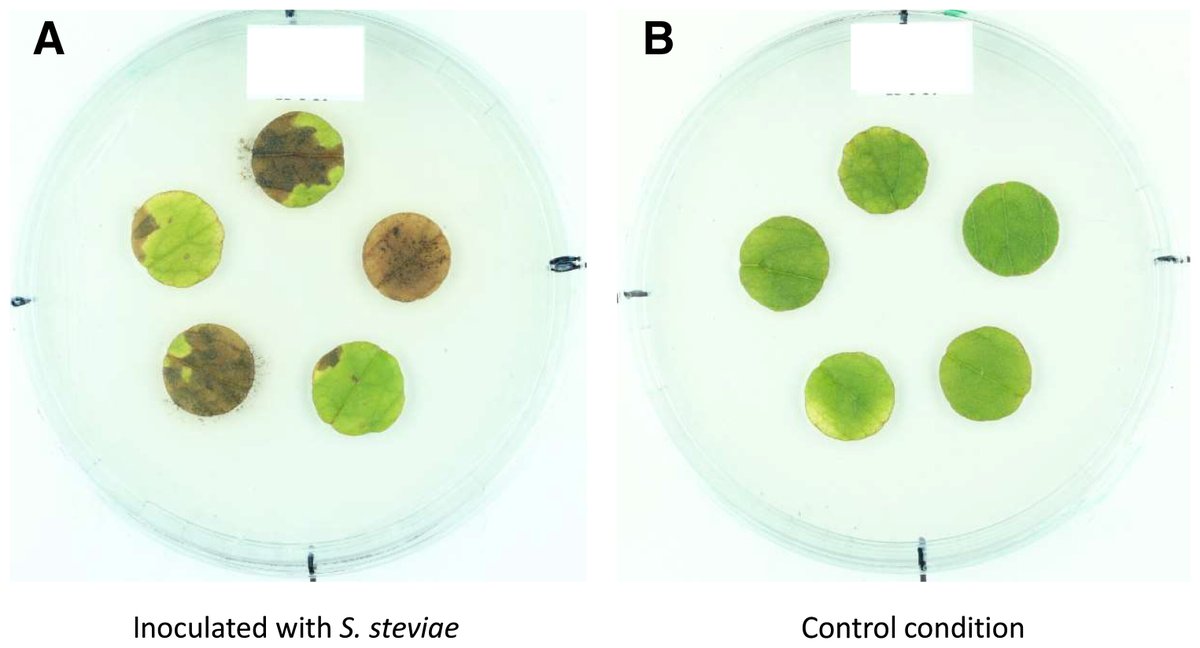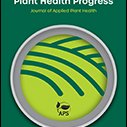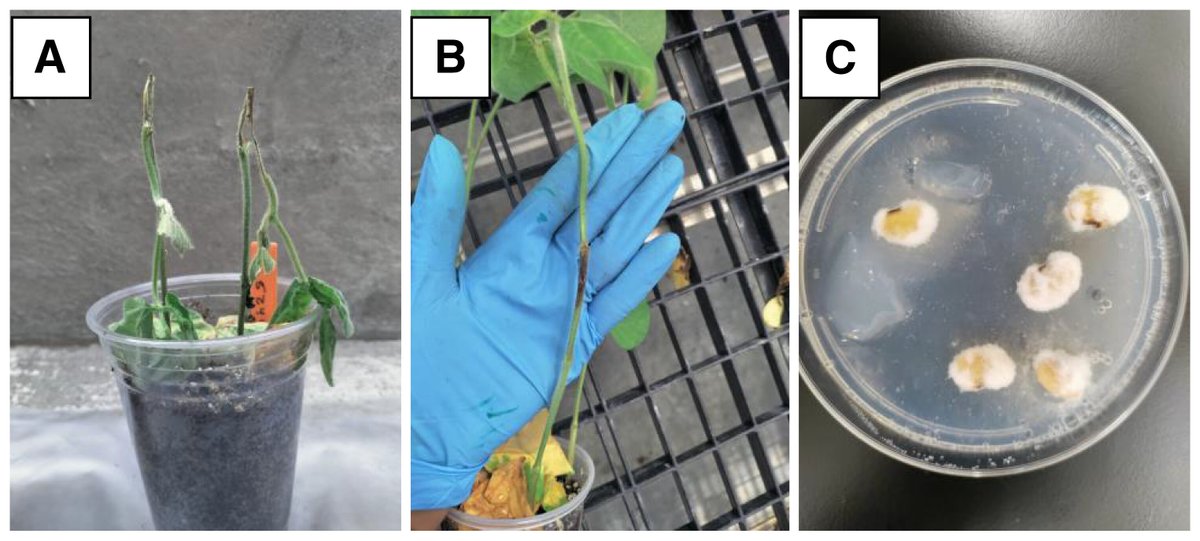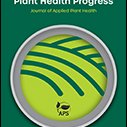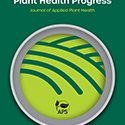
Plant Health Progress
@planthealthprog
Followers
2K
Following
216
Media
177
Statuses
395
The peer-reviewed online journal of applied plant health, founded in 2000 by the American Phytopathological Society
Joined May 2017
RT @plantdisease: The Plant Health 2025 APS PRESS sale continues! Save up to 30% on all titles in the bookstore through August 28—no promo….
0
2
0
An aggressive Neopestalotiopsis sp. threatens Florida strawberries, but research by @marcusmarin_ et al. found that common summer cover crops do not increase pathogen levels—supporting their continued use for soil health and disease management. 🍓
apsjournals.apsnet.org
An aggressive Neopestalotiopsis sp. has emerged causing leaf spot and fruit rot on strawberry. In Florida strawberry production, cover crops (CCs) are grown in the summer to maintain and enhance soil...
0
1
2
A multistate study by @C___B___B et al. identified diverse seedborne Fusarium spp. in lentils across the northern Great Plains. Virulence varied by species and seed part, highlighting risks to crop health and management needs. Learn more:
0
0
1
Saurabh Gautamet al. found that thrips-transmitted tomato spotted wilt virus-resistant pepper cultivars still reduce tomato spotted wilt disease in Texas, despite resistance-breaking strains. 🍅 @krgadhave Learn more:
0
0
1
This diagnostic guide by @bhattarays et al. describes Fusarium root rot of sweetpotato symptoms, pathogen biology and taxonomy, geographic distribution, isolation, identification, storage, and pathogenicity testing. 🍠 @LinaQuesadaO Learn more:
0
0
0
M. K. Shires et al. found that alternative plant hosts may drive the spread of X-disease, caused by ‘Candidatus Phytoplasma pruni,’ in stone fruit orchards of the U.S. Pacific Northwest. @WSUPlantPath
0
1
4
A study by @KerriNeugebauer et al. identified grapevine red blotch virus and grapevine Pinot gris virus for the first time within Michigan. Learn more about their findings: @Tmiles_MSU 🍇.
apsjournals.apsnet.org
Viral diseases are widespread in vineyards throughout the world. Vineyard viruses are mostly disseminated via vegetative propagation, although insect and nematode vectors can also be involved in the...
0
0
4
RT @ClinicPlant: Finally our lab's article on promising #fungicides 🧪to combat #laurelwilt in commercial #avocado #aguacate #palta producti….
0
16
0
Gretchen Sassenrath et al. evaluated how mustard cover crops and seed treatments affect charcoal rot caused by M. phaseolina. Combining strategies reduced root colonization and improved yields, especially in later-maturing soybean varieties. @KSUPlantDr
apsjournals.apsnet.org
Macrophomina phaseolina (Tassi) Goid. is a soilborne fungus that causes charcoal rot in numerous crop plants, reducing yield and profits. This study assessed the efficacy of preseason mustard cover...
0
0
2
Regev HBX, a hybrid fungicide combining tea tree oil and difenoconazole, was evaluated across five field trials (2021–2023) for pecan scab control. Eric C. Tedford et al. found it provided effective, resistance-conscious protection. @UGA_CollegeofAg
0
1
2
Potato virus Y (PVY) strain surveys (2019–2023) across Michigan seed lots by Mio Satoh-Cruz et al. reveal PVYN-Wi as dominant, but necrotic strains like PVYNTN and PVYE persist. Continued monitoring is vital for management. @SpartySpudNBeet Learn more:
0
4
9
Diaporthe diseases have cost U.S. #soybean growers $248M+ over 10 years. Karthika Mohan et al. assessed fungicide sensitivity across species, offering data to guide integrated management strategies. @febina_m @DTelenko @cropdoc08 Learn more:
apsjournals.apsnet.org
Diseases of soybean (Glycine max L.) caused by species of Diaporthe have resulted in estimated yield losses totaling $248.2 million in the United States over the past 10 years. To effectively manage...
0
3
13
Get a First Look! 🔍 Physiological Races of Cucurbit Powdery Mildew Pathogen (Podosphaera xanthii) Based on Watermelon Differentials, by Chandrasekar S. Kousik and Jennifer L. Ikerd:
apsjournals.apsnet.org
Watermelon is a major cucurbit crop grown across the world and in 44 states in the United States. Powdery mildew (PM), caused by Podosphaera xanthii, is an important disease of watermelon that can...
0
0
0
RT @CropNetwork: Research validates fungicide efficacy ratings for corn and soybean disease management from Extension. Read more in the @….
0
16
0
Angular leaf spot has become the most significant foliar disease of dark tobacco production in Kentucky and Tennessee. A. B. Webb and W. A. Bailey evaluated the efficacy of alternative active ingredients compared with streptomycin sulfate.
apsjournals.apsnet.org
Pseudomonas syringae pv. tabaci tox– is the causal agent of angular leaf spot in dark tobacco. Since 2015, angular leaf spot has become the most significant foliar disease of dark tobacco production...
0
2
2


